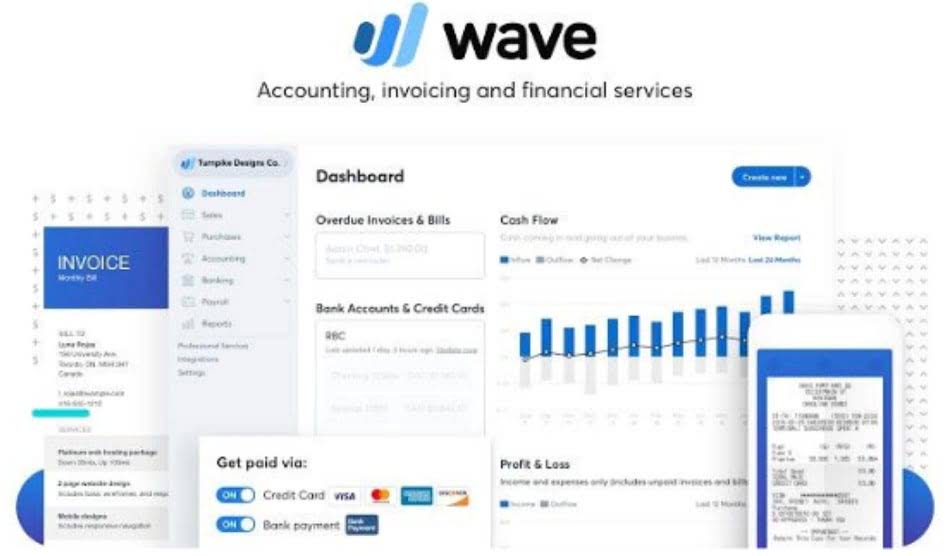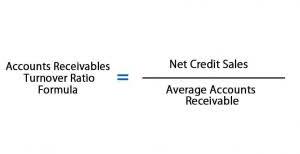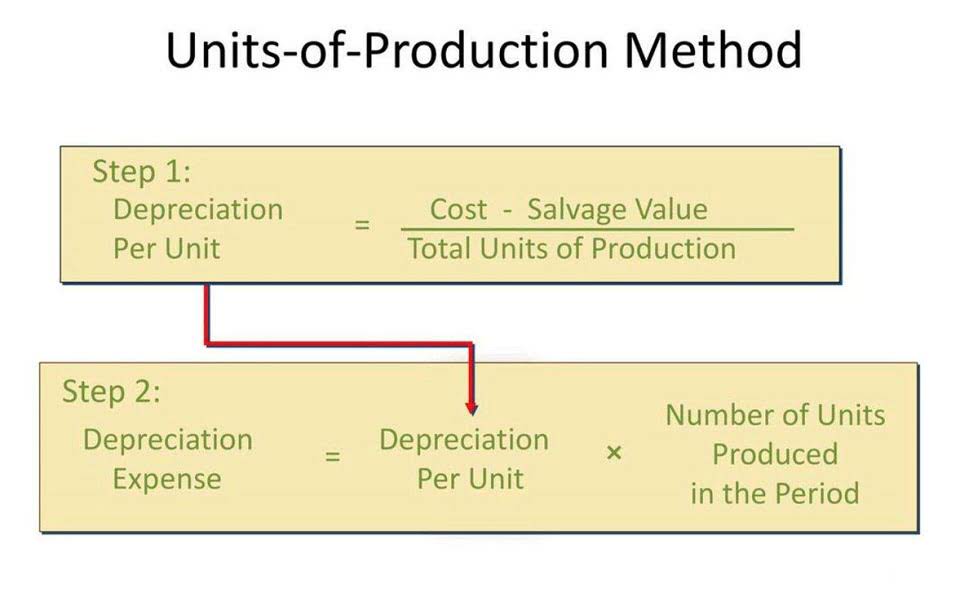
If a business incurs expenses that directly relate to the revenue generated in a particular accounting period, those expenses are recognized in that same period. This creates a clear Accounts Payable Management link between what was spent to earn the revenue and the resulting profit or loss for that period. All the expenses should be recorded in the period’s income statement in which the revenue related to that expense is earned. The matching principle states that the commission expense needs reporting in September’s income statement.
Matching Principle & Concept
The customer can wait several weeks, months, or even years before making a purchase. Online search ad expenses don’t spread out over time; they show up within the spending period. A very good example of the accrual system is the coupon payment on bonds (or, for that matter, any investment which pays returns based on a particular frequency). The coupon to be paid by the bond issuer gets accumulated from the date of issue until paid.
- Businesses are able to allocate their resources and plan for future investments and expenditures because of this.
- Transactions spanning multiple accounting periods may complicate the application of the Matching Principle, requiring careful allocation of expenses and revenues across periods.
- If you violate the matching principle when producing financial statements, the accuracy and reliability of those statements will be compromised.
- It is impossible to know if a better location or a bigger space will bring in more revenue.
- The historical cost of assets and liabilities will still be updated over time to depict accounting transactions like depreciation or the fulfilment of part or all of a liability.
- The purpose of the matching principle is to maintain consistency in the core financial statements — in particular, the income statement and balance sheet.
- This is especially important in relation to charging off the cost of fixed assets through depreciation, rather than charging the entire amount of these assets to expense as soon as they are purchased.
Legal and Tax Compliance
- When there is a murky relationship between costs and revenues, account teams must guess.
- If no connection with revenues can be established, costs are recognised immediately as expenses (e.g., general administrative and research and development costs).
- Cash flow statements, though focused on cash transactions, are indirectly influenced by the matching principle.
- It is a key reason why accrual accounting is encouraged under accounting frameworks like GAAP and IFRS.
- This approach is essential for businesses extending credit to customers or receiving goods and services on credit.
- As you can see there is a heavy focus on financial modeling, finance, Excel, business valuation, budgeting/forecasting, PowerPoint presentations, accounting and business strategy.
The Matching principle dictates that although the total cost of production was four thousand, the profit would be twelve hundred rupees despite the revenue being 2000. In other words, in matching principle accounting, the revenue must be considered first for the given period, and then one must see the expenses incurred to produce that revenue. Thus, here it would be wrong to imply that a loss of two thousand rupees was incurred since the company invested four thousand rupees in the production of all commodities.

Margin of Profit
- The matching principle is an important concept in accrual accounting that states that revenues and related expenses must be matched in the period to which they relate.
- All the expenses should be recorded in the period’s income statement in which the revenue related to that expense is earned.
- The matching principle in accounting requires that the commission be recognised in the same period as the related revenue.
- Our AI-powered Anomaly Management Software helps accounting professionals identify and rectify potential ‘Errors and Omissions’ throughout the financial period so that teams can avoid the month-end rush.
- For example, if a company sells a product in December but does not receive payment until January, the revenue should be recognized in December, the period in which it was earned.
- So, the balance sheet generated after the actual transaction will not reflect these accounts, as the amount in these accounts gets net off with the supposed account.
If expenses were recognized in a different period than the related revenue, the income statement would not accurately reflect the company’s profitability. It requires that a company must record expenses in the period in which the related revenues are earned. Application of matching principle results in the deferral of prepaid expenses in order to match them with the revenue earned in future periods.
- By aligning expenses with revenues, firms can evaluate which areas are profitable and which are not, guiding long-term strategic planning.
- So reporting to the nearest $000 or $m instead of the nearest $, will often still allow informed decisions to be made.
- However, applying the matching principle can be complex when revenues and expenses span multiple periods.
- This alignment provides stakeholders, such as investors and creditors, with a more realistic view of the company’s financial performance and profitability.
- This allows the asset cost to be properly matched with revenues generated from using those assets over time.
- This way, a portion of the asset’s cost is ‘matched’ against the revenue it helps to generate in each accounting period, providing a more accurate picture of profitability over time.
When depreciation causes expenses to be higher than cash payments or liability accruals cause expenses to be recognized before outgoing cash flows, net income decreases. In order to apply the matching principle, management of a company is required to apply judgment to estimate the timing and amount of revenues and expenses. Prudence concept, which is a related accounting principle, requires companies not to overstate revenues, understate expenses, overstate assets and/or understate liabilities. The difference of $10,000 between accounting profit and taxable profit is due to prepaid income which is taxable on cash basis. Embracing the matching principle fundamentally shapes the integrity and reliability of financial reporting.

This principle is essential for preparing financial statements that comply with Generally Accepted Accounting Principles (GAAP) and provide an accurate picture of a company’s financial performance. The accounting matching principle is a cornerstone of accrual accounting, ensuring financial statements reflect the true economic activities of a business. It mandates that expenses be recognized in the same period as the revenues they help generate, contrasting with cash accounting, where transactions are recorded only when cash changes hands.
Timing and Recognition of Revenue Streams

Reconciliation matching principle accounting definition processes explain these differences to stakeholders, offering insights into the company’s liquidity and cash management practices. If you violate the matching principle when producing financial statements, the accuracy and reliability of those statements will be compromised. The matching principle requires that revenues and any related expenses be recognized together in the same reporting period.
Role in Accrual Accounting
According to this principle, the revenue should be reported and recorded at the time when it is realised. Similarly, incurred expenses that have not yet been paid like employee wages or inventory purchases are accrued as liabilities on the balance sheet. As these liabilities are later paid off, the related expenses are matched against revenues. Adhering strictly to cash flows makes financial analysis and long-term planning more difficult since timing differences between cash transactions and underlying business activities can skew financial statements. Under the matching principle, the $20,000 in consulting expenses is recorded in February rather than January, matching the period when those services generated revenue. This means the January financials reflect no expense or revenue, while February shows $30,000 in revenue and $20,000 in expenses, for a profit of $10,000.

Leave a Reply